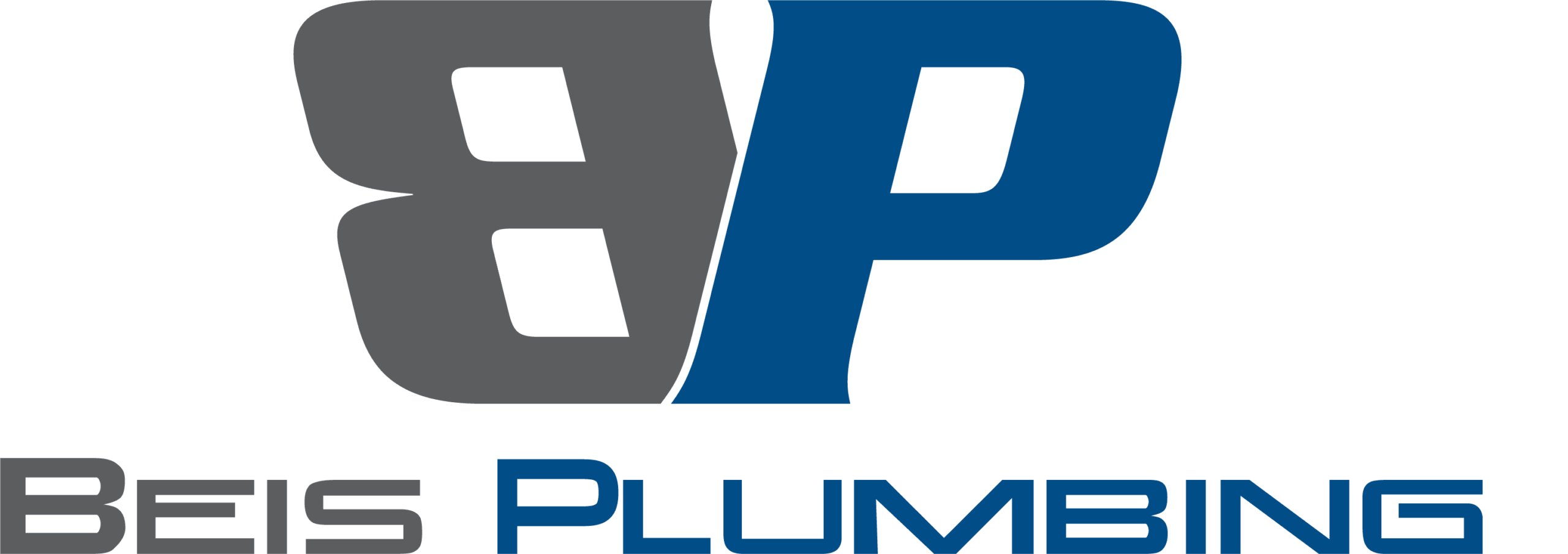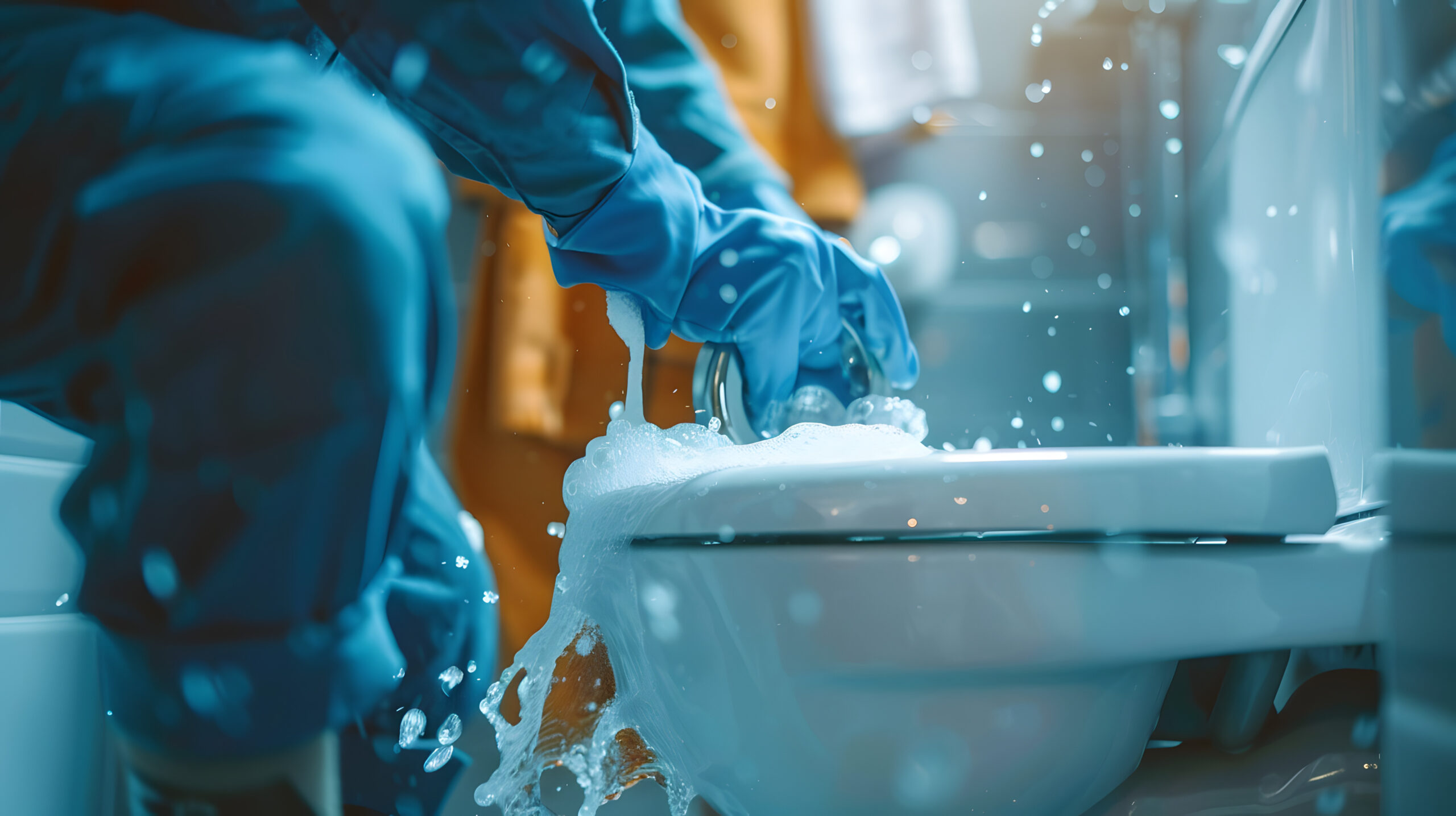When sewer problems arise, they can cause significant damage and disruptions to your home. Whether it’s a minor blockage or a major break, timely sewer line repair is essential to prevent costly water damage and health hazards. Understanding the most common types of sewer line repairs can help you recognize issues early and determine the best solution.
Signs You May Need Sewer Line Repair
Before diving into repair options, it’s important to know the warning signs of sewer line trouble:
- Slow Drains – Frequent clogs in multiple drains could indicate a deeper issue in the sewer line.
- Sewage Backups – Water or waste backing up into sinks, tubs, or toilets is a red flag.
- Foul Odors – A persistent sewer smell in your home or yard may indicate a broken pipe.
- Soggy or Sunken Yard – If the ground is unusually soft or has sinkholes, a leaking sewer pipe could be the cause.
According to the Environmental Protection Agency (EPA), aging sewer lines and infrastructure contribute to over 23,000 to 75,000 sewage overflows annually in the U.S. (Source)
Common Types of Sewer Line Repair
1. Pipe Relining
Pipe relining is a trenchless method that reinforces damaged sewer pipes from the inside without digging up your yard. A durable resin lining is inserted into the existing pipe and cured in place, creating a seamless, long-lasting repair.
2. Pipe Bursting
For severely damaged or collapsed pipes, pipe bursting is an effective replacement method. A specialized tool is used to break apart the old pipe while simultaneously pulling a new pipe into place. This technique is minimally invasive compared to traditional excavation.
3. Spot Repairs
If only a small section of the sewer line is damaged, a spot repair may be sufficient. Plumbers can cut out the broken portion and replace it with new piping, avoiding the need for full pipe replacement.
4. Traditional Excavation
In cases of extensive sewer damage, excavation may be the only solution. This involves digging a trench to access and replace the damaged pipes. While more disruptive, it ensures a long-term fix for major sewer line failures.
How to Prevent Sewer Line Issues
While sewer line repair is sometimes unavoidable, regular maintenance can help prevent major issues:
- Avoid Flushing Non-Biodegradable Items – Only flush toilet paper; wipes, grease, and hygiene products can cause clogs.
- Schedule Routine Inspections – A professional sewer camera inspection can catch small problems before they escalate.
- Be Mindful of Tree Roots – Tree roots naturally seek out moisture and can invade sewer pipes. Regular root removal helps prevent blockages.
Call Beis Plumbing for Reliable Sewer Line Repair
If you’re experiencing sewer line issues, don’t wait for the problem to get worse. At Beis Plumbing, we specialize in professional sewer line repair, offering both traditional and trenchless solutions.
Schedule your sewer line inspection with Beis Plumbing today for expert service and lasting repairs!

